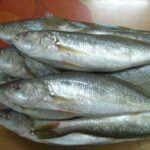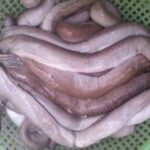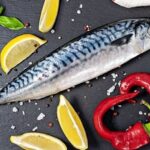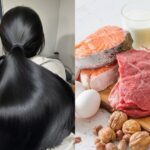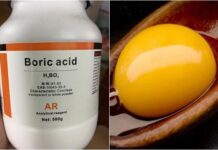Mackerel – The Ultimate Omega-3 Rich Fish
Mackerel has long been hailed as the “king of healthy fats” in tropical seas. It is one of the richest sources of omega-3 fatty acids, with studies suggesting its EPA and DHA levels can match or even surpass those found in farmed salmon. These essential fatty acids play a critical role in reducing bad cholesterol, enhancing memory, protecting cardiovascular health, and reducing chronic inflammation. What sets mackerel apart from imported salmon is its natural origin.

While most salmon available in Vietnam is farmed and may contain antibiotic residues or growth stimulants, mackerel is predominantly wild-caught, making it more nutritious and safer. Additionally, mackerel is an excellent source of vitamin D, vitamin B12, and selenium, which boost the immune system, support neural function, and slow down aging. Its price is also significantly more affordable, ranging from 120,000 to 180,000 VND per kilogram, about one-third the cost of imported salmon. This fish is widely available in traditional markets and supermarkets, and its versatility allows for various cooking methods, including stewing, grilling, steaming, and pan-frying.
Herring – The Brain and Skin Superfood
While mackerel excels in cardiovascular benefits, herring is celebrated as a “superfood” for the brain and skin. Its high DHA content enhances memory, improves focus, and supports brain development in children. Herring is also a rich natural source of calcium and vitamin D, especially since its small bones are often consumed. The calcium in herring strengthens bones and helps prevent osteoporosis in the elderly and women over 30.

Furthermore, herring is packed with trace minerals like zinc, selenium, and iodine, which balance hormones, promote collagen production, and maintain firm skin. Its affordability is another major advantage, priced at only 60,000 to 100,000 VND per kilogram, significantly lower than salmon. Herring’s widespread availability in coastal and traditional markets makes it a convenient addition to family meals without extensive search or cost.
Anchovies – Small but Mighty
Anchovies, though small in size, pack a nutritional punch. Despite measuring just a few centimeters, they are one of the most concentrated sources of calcium, protein, and omega-3 per weight. Since they are consumed whole, including bones and organs, the mineral absorption from anchovies far exceeds that of larger fish. They are also rich in vitamins A and D, which enhance vision, support immunity, and promote height development in children. Most anchovies are wild-caught, ensuring they are free from industrial farming practices. Economically, they are highly accessible, priced at 30,000 to 60,000 VND per kilogram, and available year-round. Their small size, tender meat, and mild flavor make them ideal for soups, braised dishes, crispy fries, or salad toppings, offering versatility that salmon struggles to match.
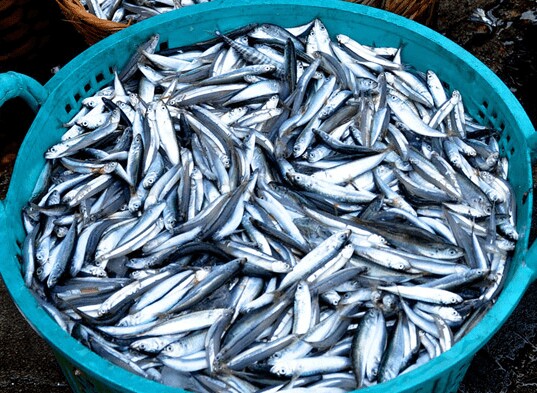
The Preferred Choice for Vietnamese Home Cooks: Affordable and Ubiquitous
When comparing salmon to these three Vietnamese seafood options, their advantages extend beyond affordability and availability. Mackerel, herring, and anchovies are all rich in omega-3, vitamins D and B12, high-quality protein, and essential minerals. Their wild-caught nature also makes them safer and cleaner than farmed salmon. The diversity in cooking methods is another significant plus: while salmon is typically limited to pan-frying or grilling, these Vietnamese fish can be stewed, fried, steamed, used in soups, or added to salads, catering to the tastes of all family members, from the elderly to children.
While salmon remains a nutritious choice, it is not the only option. In everyday local markets, Vietnamese consumers can find high-quality nutrition without breaking the bank or relying on imports. Mackerel protects the heart, herring nourishes the brain and skin, and anchovies strengthen bones and support comprehensive child development. It’s time to reevaluate the value of these homegrown seafood treasures—gifts from the sea that are not only nutrient-rich but also accessible, familiar, and perfectly suited to the modern Vietnamese lifestyle.

























